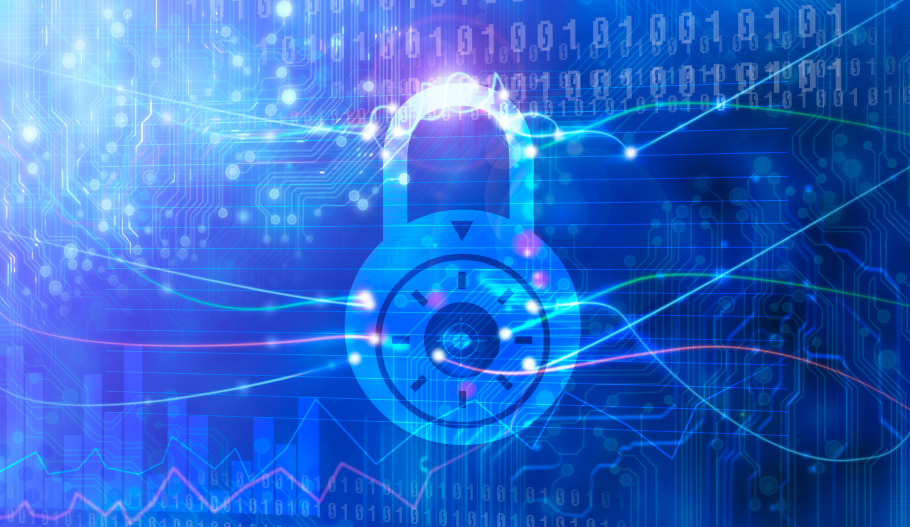Digital fraud is hitting a new high. The Heartbleed bug, massive data breeches, and denial of service attacks make it crystal clear that we’re in a new world.
The same innovations, being open, connected, and mobile, which make our life so much easier by letting us bank from our phone, shop without leaving the house, and stay in touch, are also behind today’s escalating fraud. The risks that come with the conveniences of the digital society we’re creating are on full display.
Almost every week, we hear reports of some of the most alarming and far reaching breaches in history, resulting in personal information from millions of customers being compromised. In the matter of seconds, the goodwill, loyalty and trust that organizations work so hard to build with customers can vanish, with damage to the brand both swift and lasting.
Criminals are early and sophisticated adopters of technology. They’re exploiting all the rich new data and vulnerabilities that we’re creating with our smart phones, data warehouses, social networks, and the cloud. An estimated $3.5 trillion is lost to global fraud annually. And these aren’t just common criminals. Some 80% of cyber-crime is the work of organized groups, some of them comprised of very unsavoury individuals, who send the data and money they steal zipping around the globe.
By going digital, fraud impacts more people, more directly. Rather than just a cost of doing business, digital fraud is unleashing new problems and creating wider fallout, including how companies are perceived and the value of their brands. Digital fraud affects the operations and workings of organizations across economies, pushing up insurance costs, slowing down things such as medical claims processing, and forcing companies to rethink expansion plans. And it’s prompting people to reconsider their everyday Internet and mobile lives.
Which is why, as consumers live through more and new types of fraud and financial crimes, they’re turning to organizations that are taking the steps that show just how well they understand that the game has changed. And punishing the ones that aren’t. These leaders are using cloud computing and big data and analytics to pinpoint, stop, and anticipate fraud. At the same time, they’re developing their employees’ security skills and cultivating a culture of fraud protection.
Here are three strategies that forward-looking organizations are considering:
1. Raising the agenda: The whole company, not simply the IT department, now needs to be involved in tackling fraud. The consequences are just too widespread. Creating a culture and a structure dedicated to preventing fraud has to start from the top so that it will permeate the entire organization. Companies need to take the time now to craft a company-wide policy for melding security awareness into every aspect of operations, whether it’s marketing and social media, the supply chain and partnerships, employee use of mobile apps, the cloud, and mobile devices, or IT’s rollout of new software and hardware.
2. Think proactively and broadly: A holistic approach is crucial when it comes to security. Cyber criminals are exploiting all the new vulnerabilities opened up by the streams of new information available online. Organizations have to get just as smart about understanding, collecting, and tracking the new data out there that’s pertinent to them and their customers, whether its in social networks, call centers or apps.
To have a comprehensive understanding of operations, and be able to uses big data and analytics to target fraud trends and patterns, companies need to integrate their silos of data and enable them to communicate in real time. By layering analytics on top of this big data reservoir, companies can be proactive, rather than reactive, monitoring and pinpointing indicators of suspicious behavior, weeding false positives out of the noise, and squashing real instances of fraud in the bud.
3. Change and adapt: The speed with which tech and fraud opportunities are evolving means companies can’t afford to play catch up time and again. Today’s threats will be different from tomorrow’s. Which is why a governance framework is so crucial. So that the people, processes, and technology throughout the organization continue to evolve to fight cybercrime.
While organizations can probably never eliminate digital fraud, they can continuously monitor activity to lessen its impact on its customers, brand and bottom line.
----------
If you liked this article, please subscribe to our YouTube Channel for tech news, reviews and video tutorials. You can also find us on Twitter, Instagram and Facebook.




